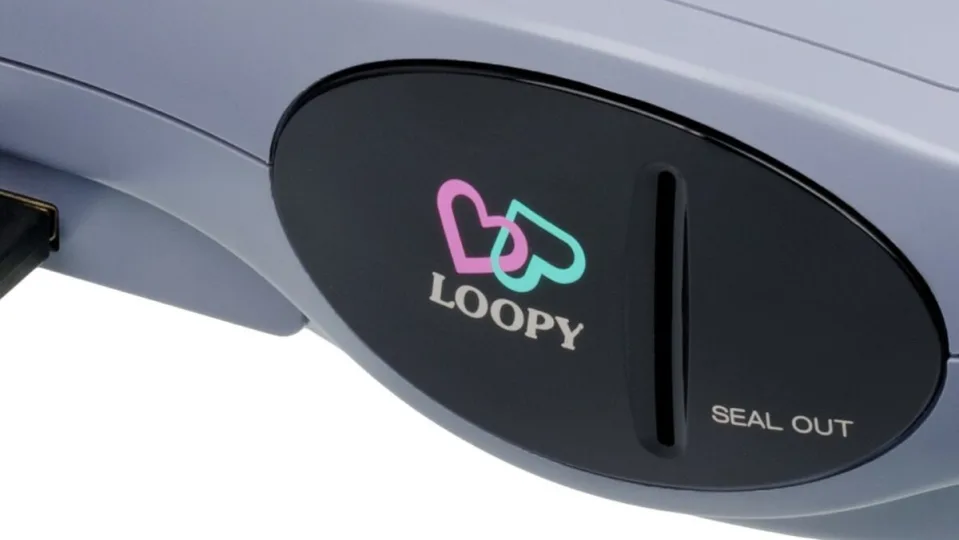Fortunately, at this point in life, the vast majority of gamers have accepted the basic fact that girls also play video games. Some have even learned that they deserve respect while playing online. Slowly but surely. The truth is that in 1995, Casio considered this question and decided to address it in the most 90s way possible: Are there perfumes for girls? Are there school supplies for girls? Well then, there must be a console for girls, surely.
Looking loopy
On October 19, 1995, a console known as the Casio Loopy (and later as the My Seal Computer) was released in Japanese stores, designed exclusively for teenage girls. Among other things, it allowed for color printing and the creation of stickers from game screenshots – let’s face it, a great idea – or, with an additional accessory, capturing images from videos and DVDs. By November 1996, Casio had already abandoned the venture. With good reason.
During its thirteen-month lifespan, the Casio Loopy received eleven titles like ‘Chakra-kun’s Charm Paradise,’ based on a manga by Megumi Tachibana, featuring a cat in a magical world; ‘Little Romance,’ a teenage love story primarily made for printing stickers; or ‘Bow-wow Puppy Love Story,’ in which a dog encounters a talking watch and a living doll with whom it must battle evil vegetables. You couldn’t print stickers until you completed the game.
Here’s an interesting fact: it cost exactly the same as the Super Nintendo, and it’s not known exactly how many units it sold. It’s public knowledge that in the first year, they expected to release 200,000 units for sale, but it’s unclear how many were actually released… or how many ended up in the hands of potential buyers. In the end, the major problem with the Casio Loopy was that it was sold as a gaming console when it was actually a color printer, but the idea wasn’t necessarily bad.
Adding to its mistakes was another one: the console only allowed one player, eliminating the social factor that would have at least allowed girls to make stickers together. In the end, although the Game Boy Printer, paired with the Game Boy Camera, produced photos and stickers at a lower resolution, it sold much better. And there’s a reason for that: no one was trying to create gaming ghettos at Nintendo.


